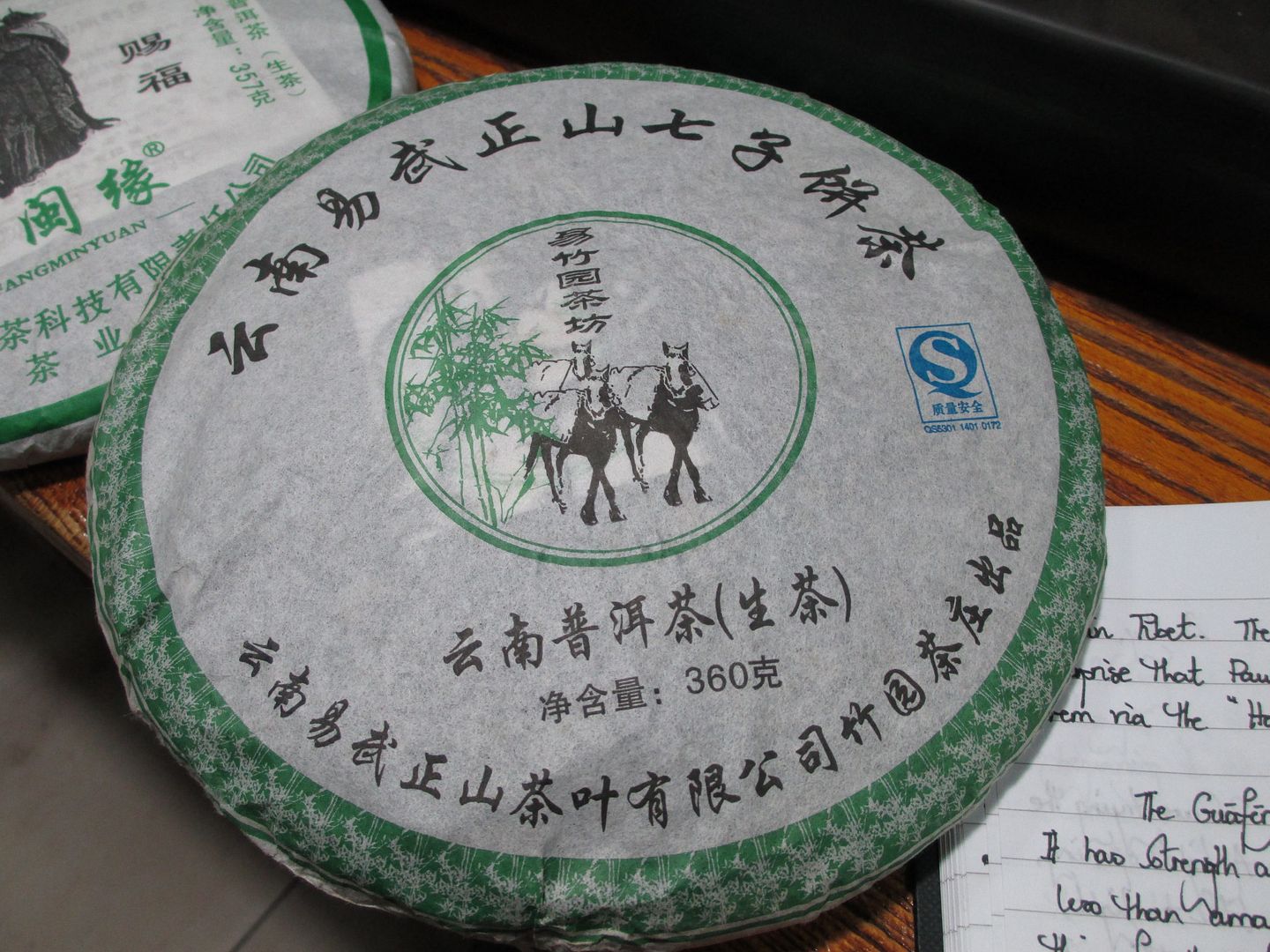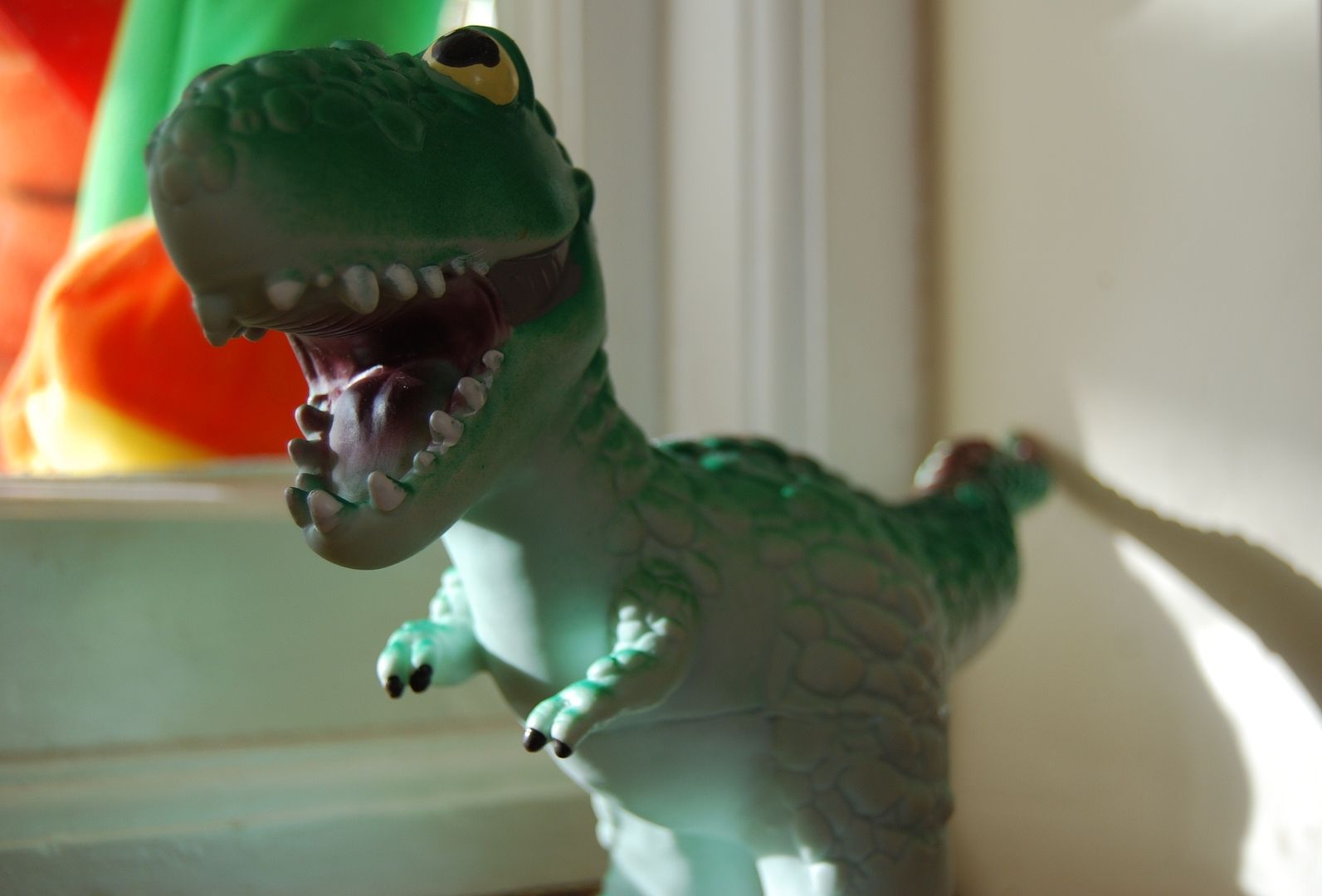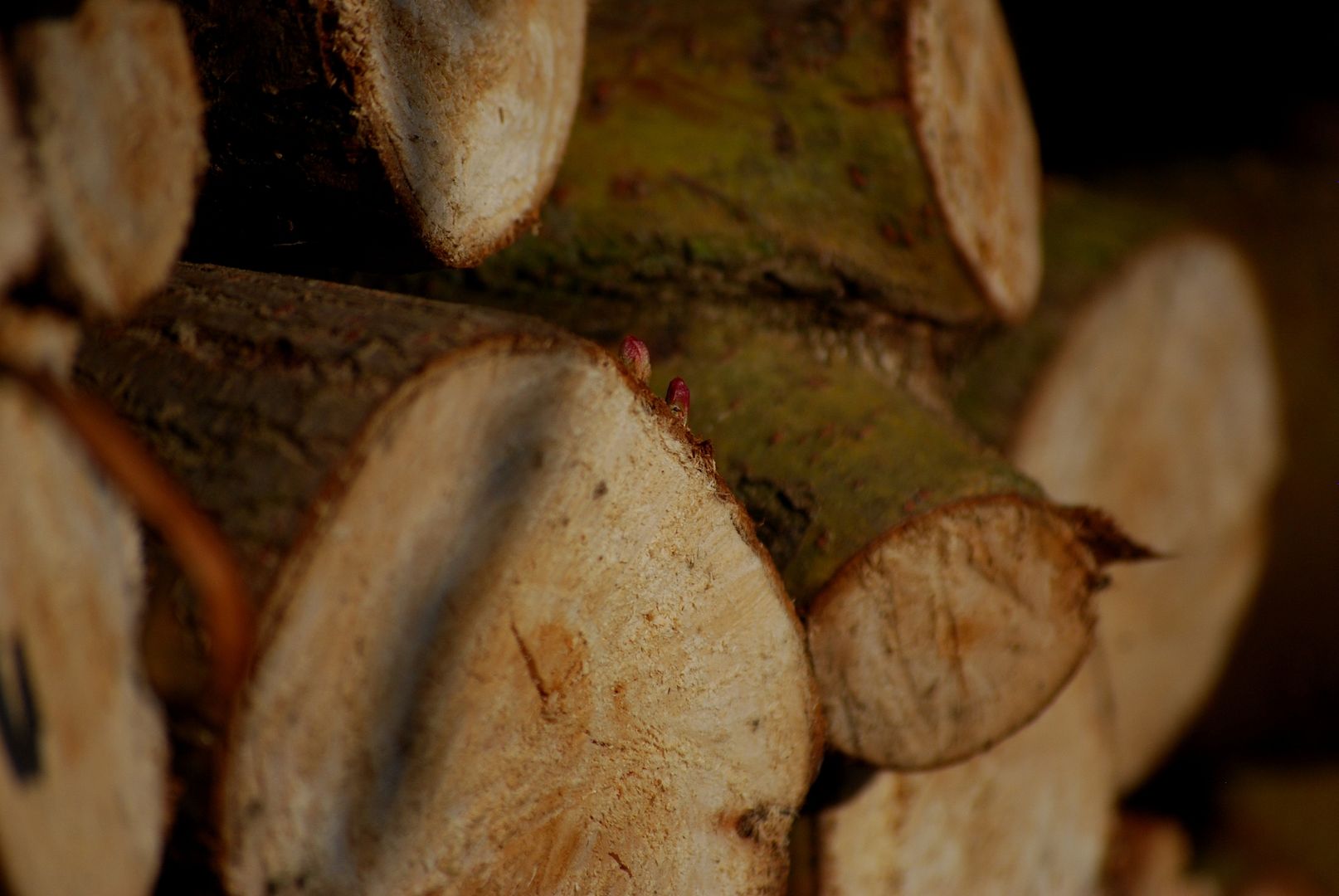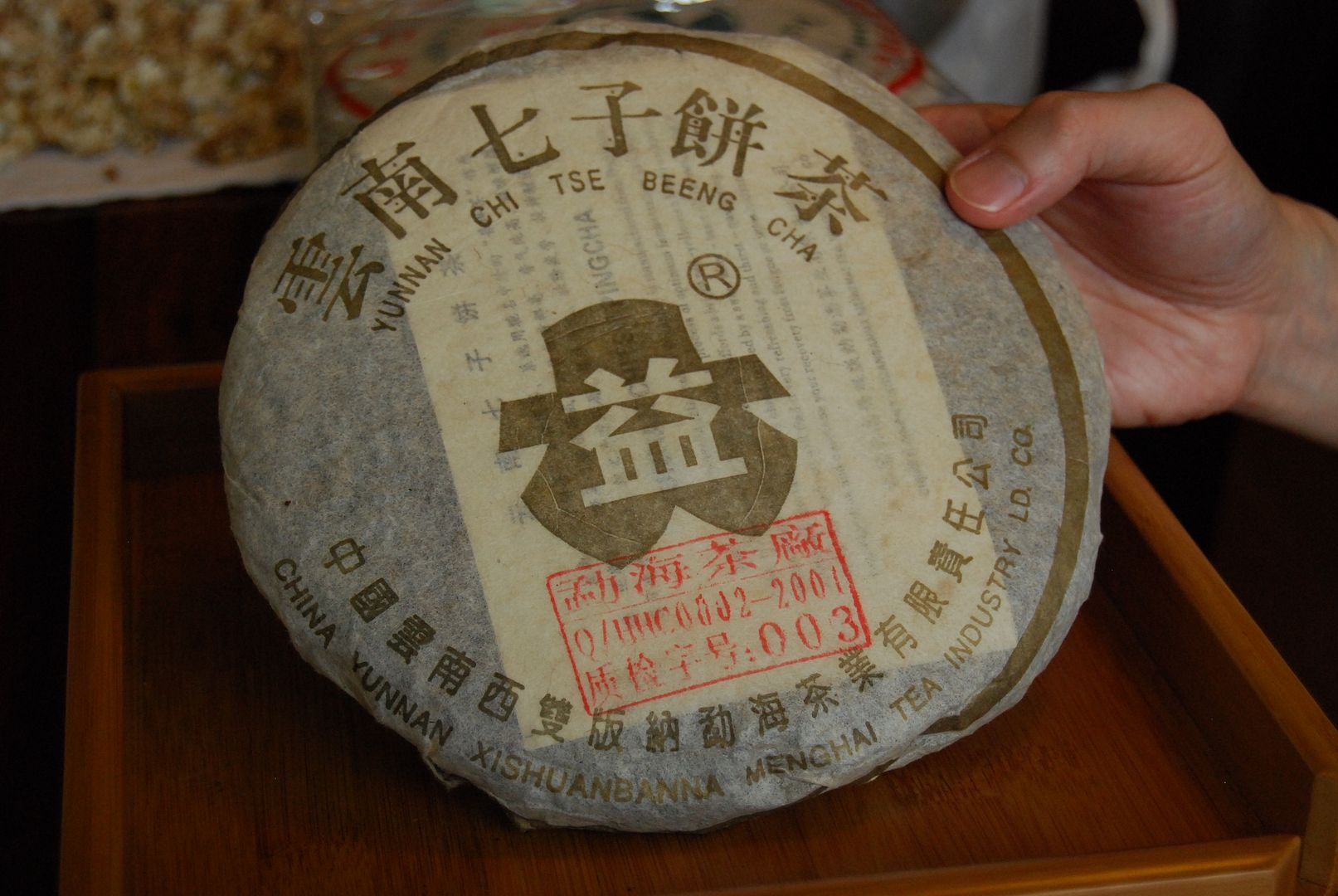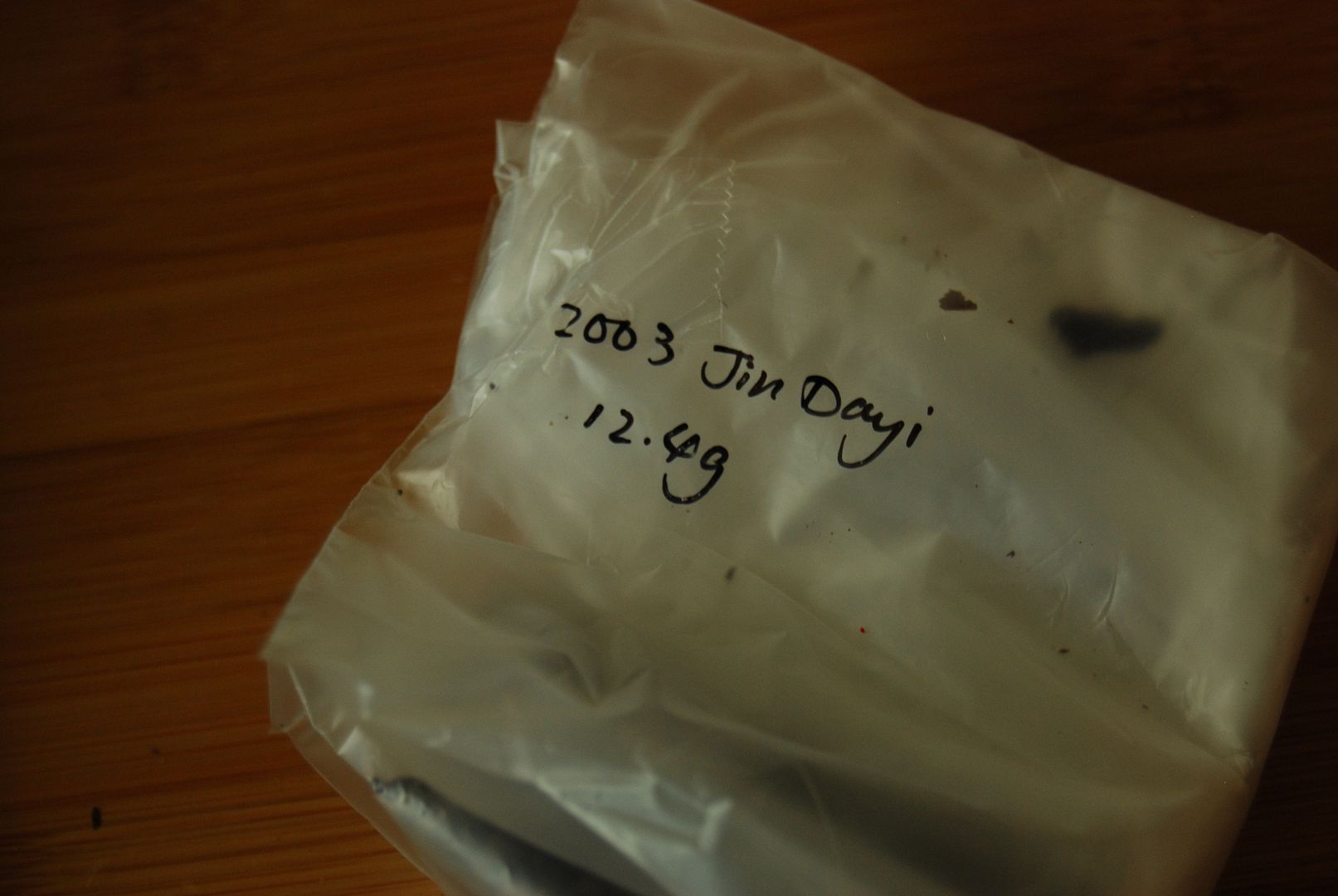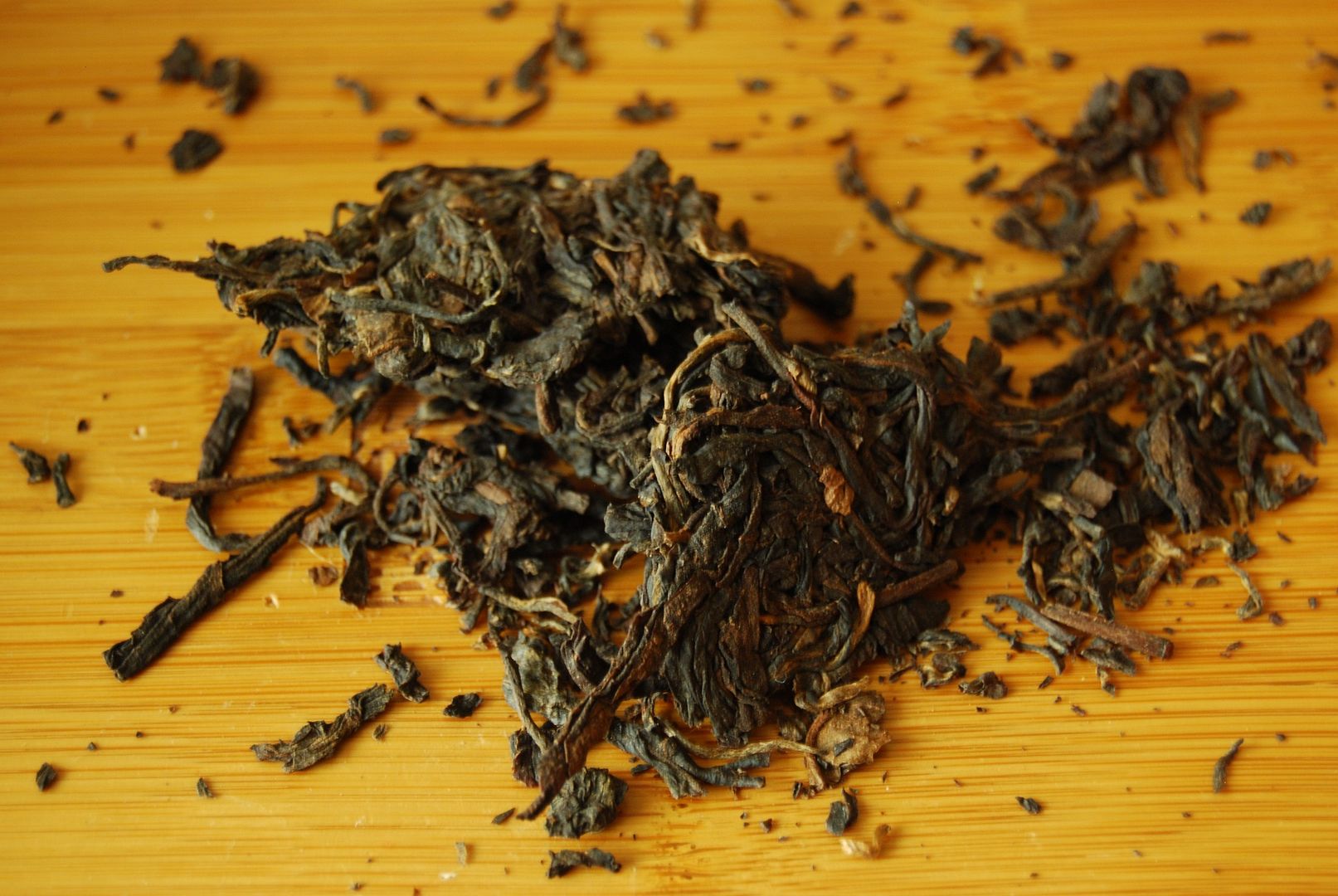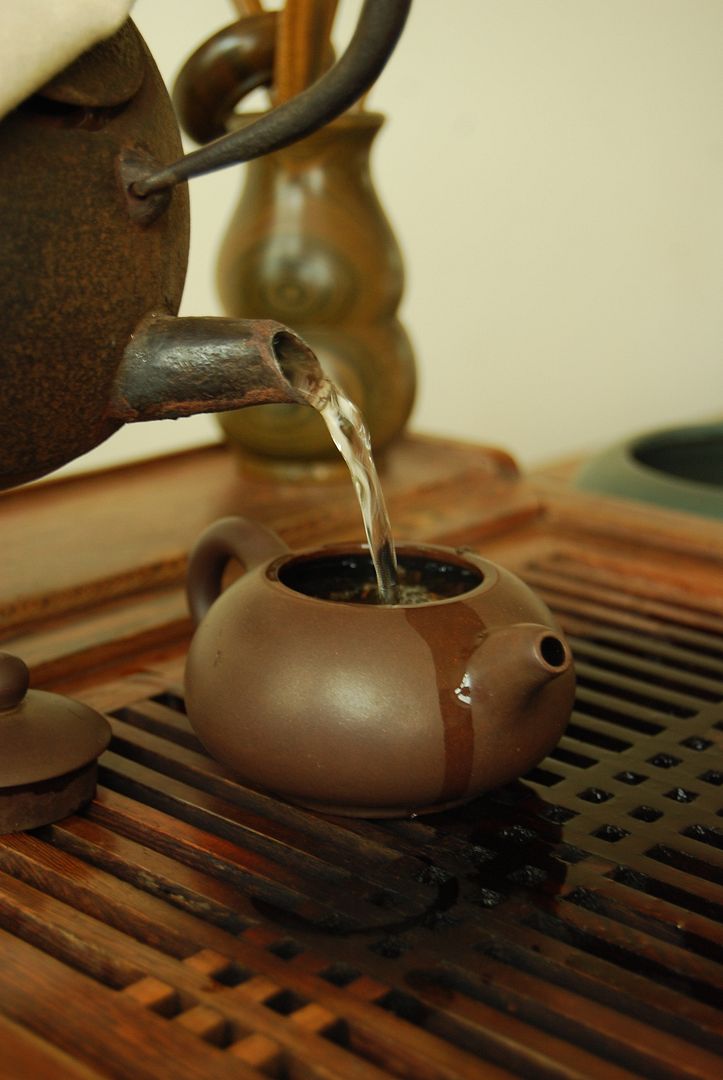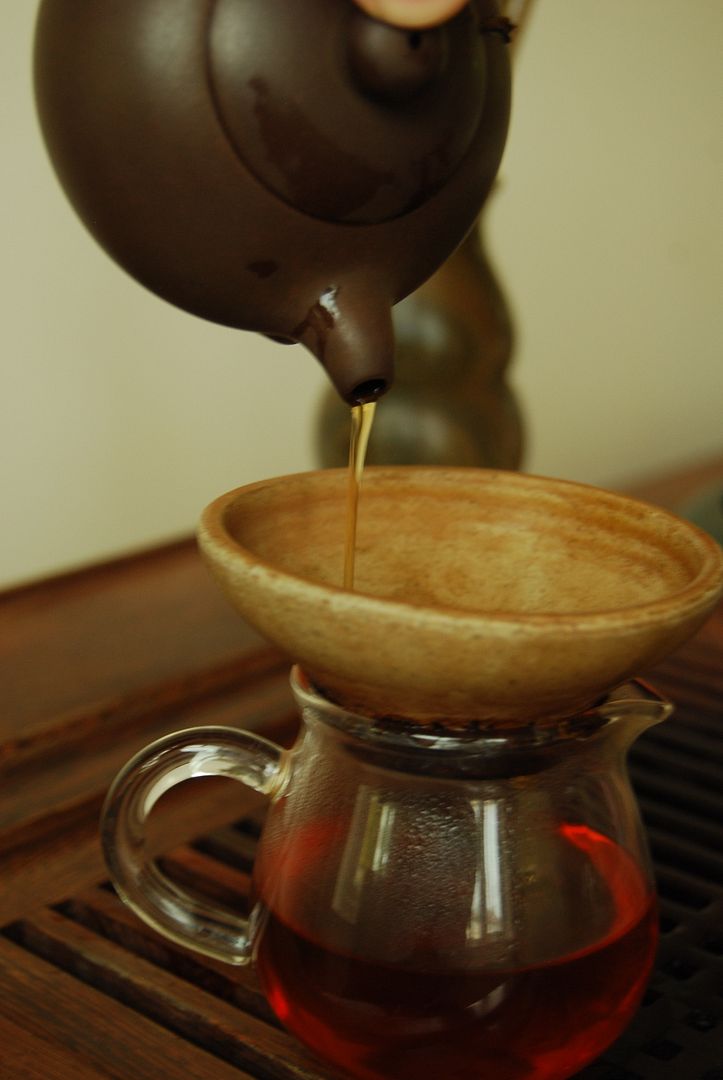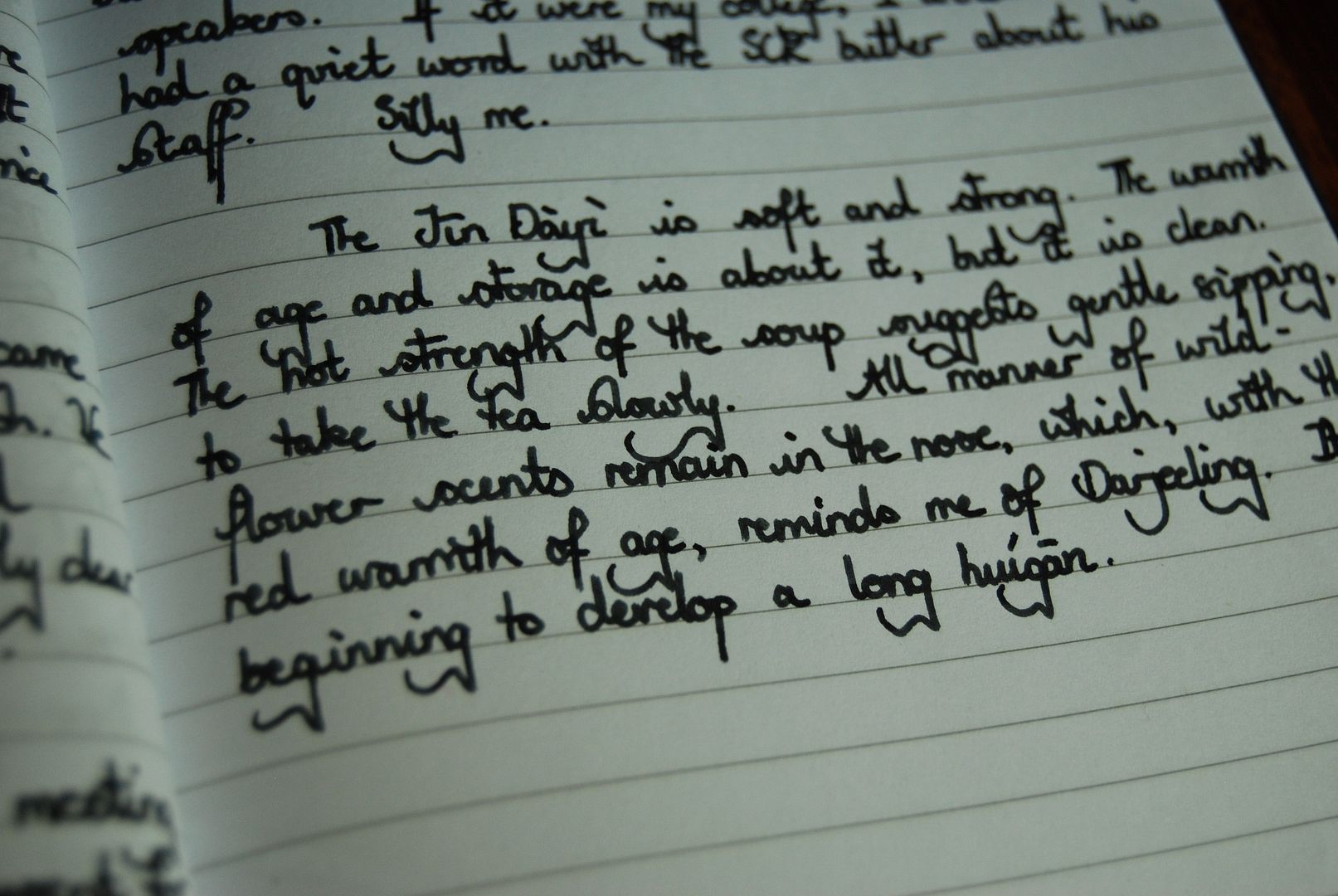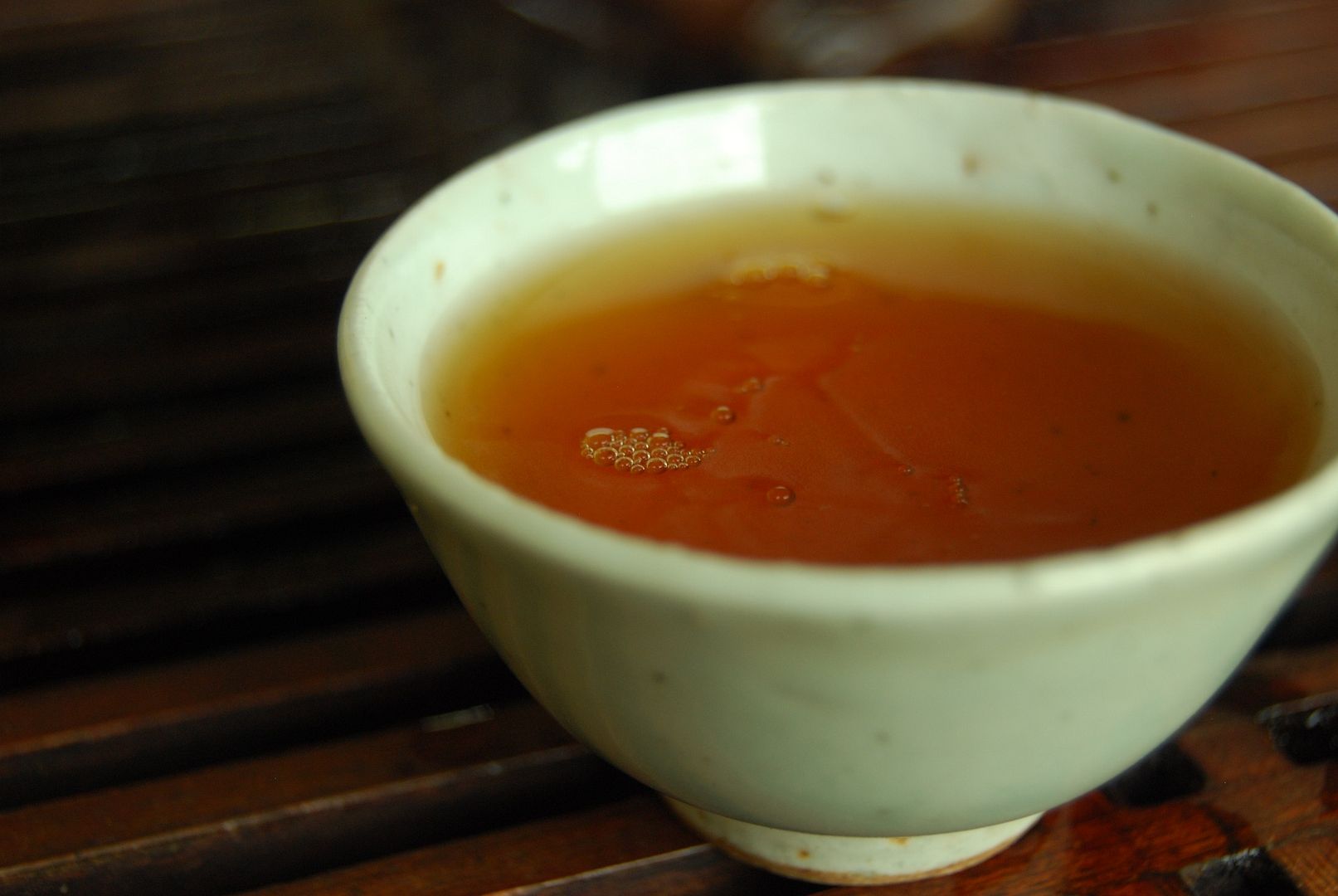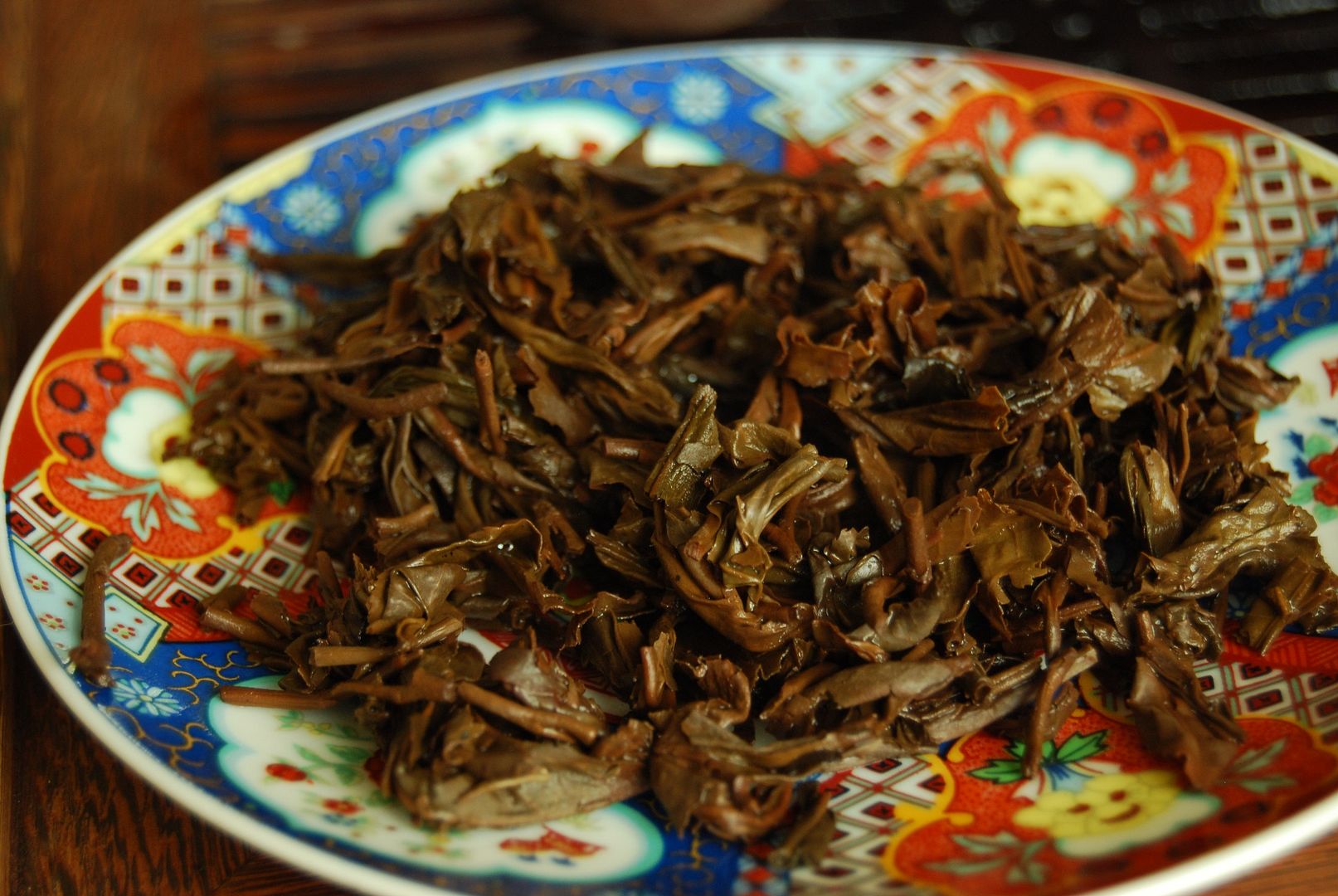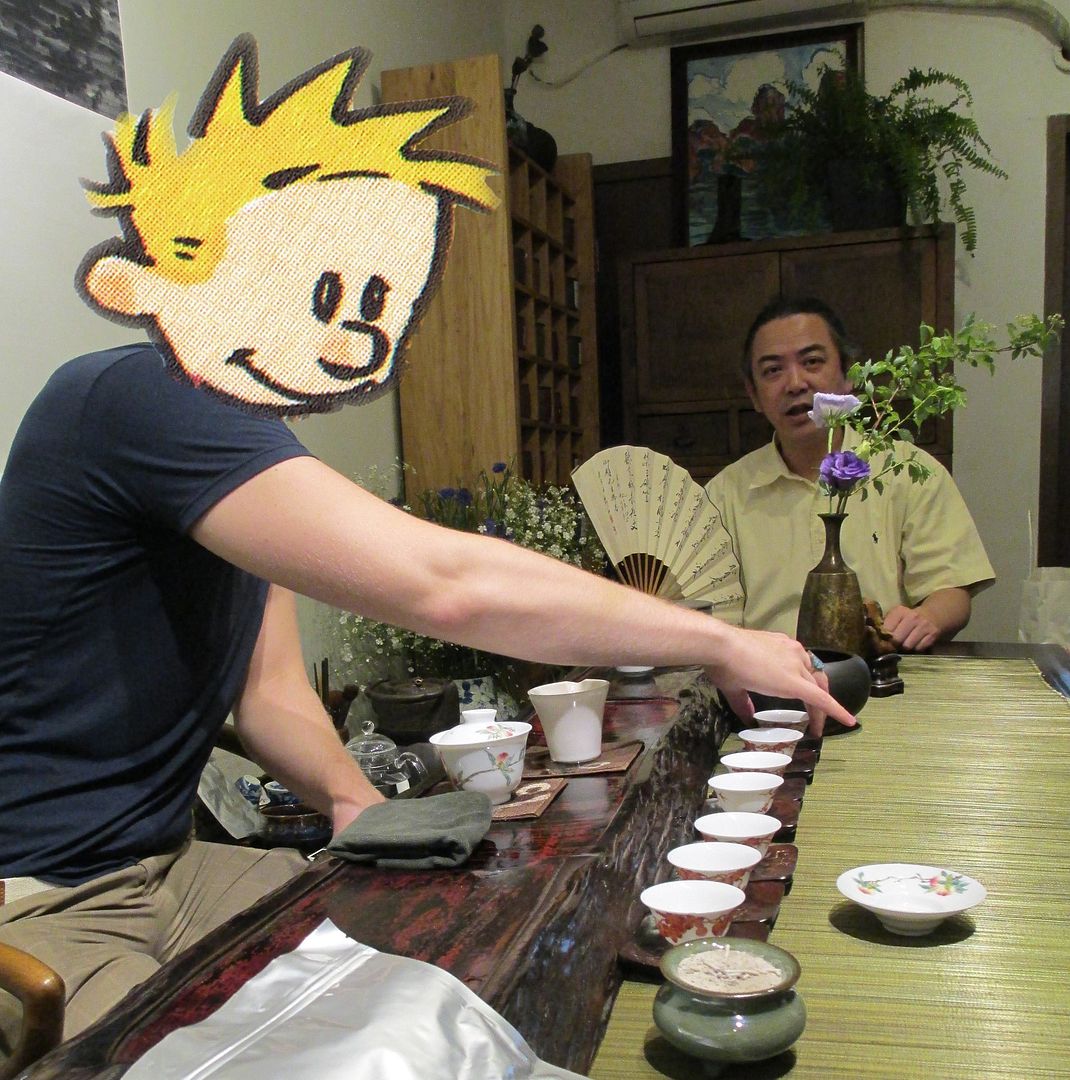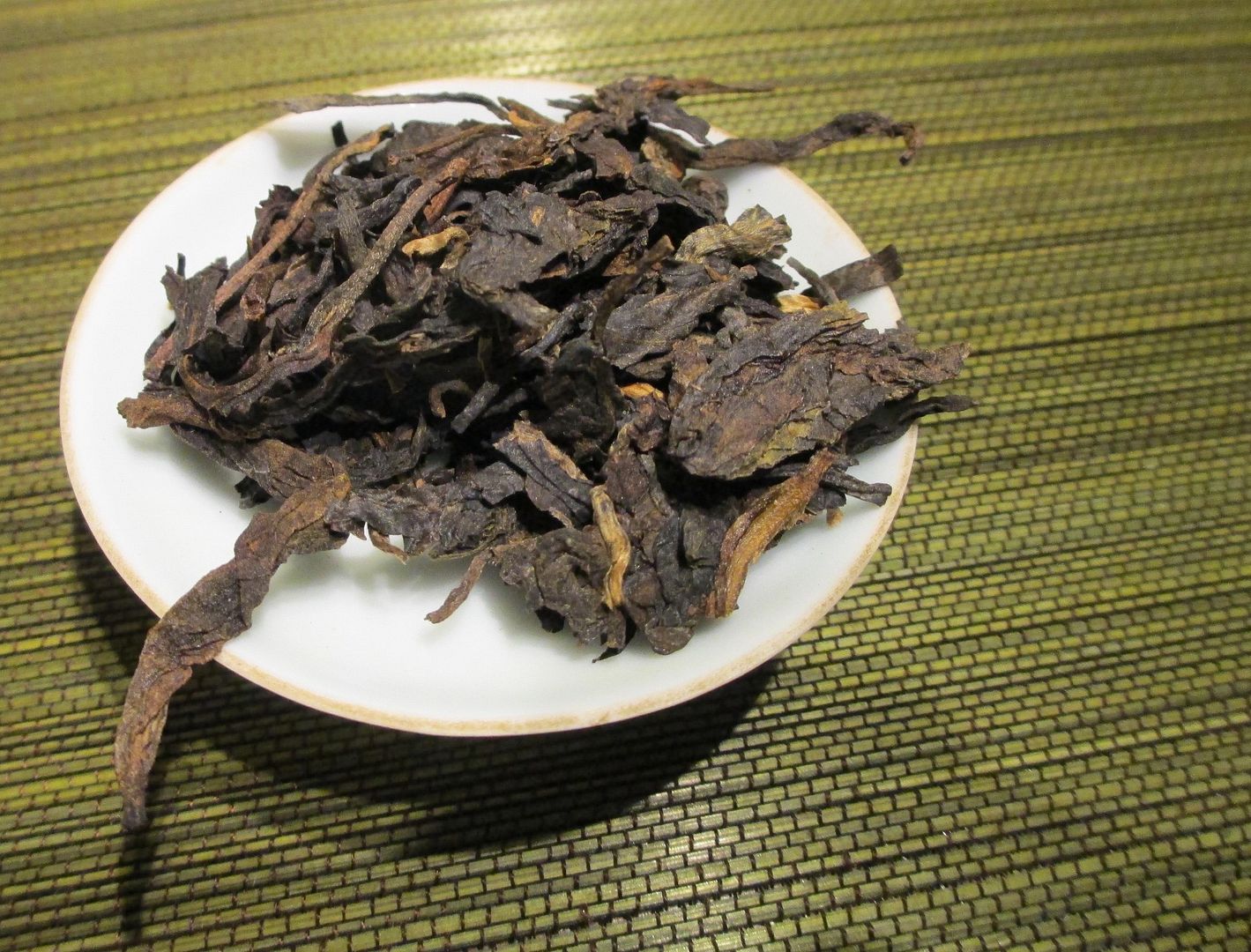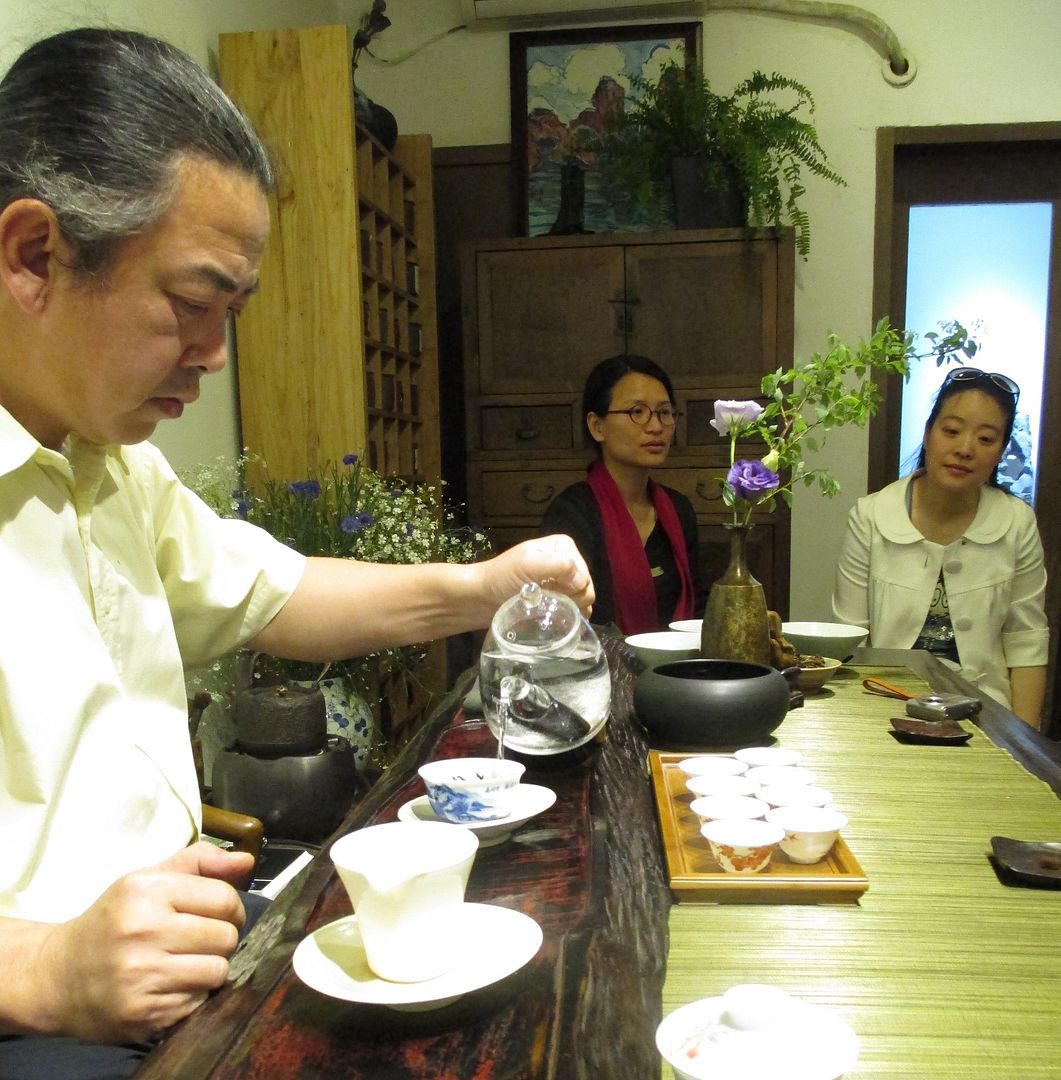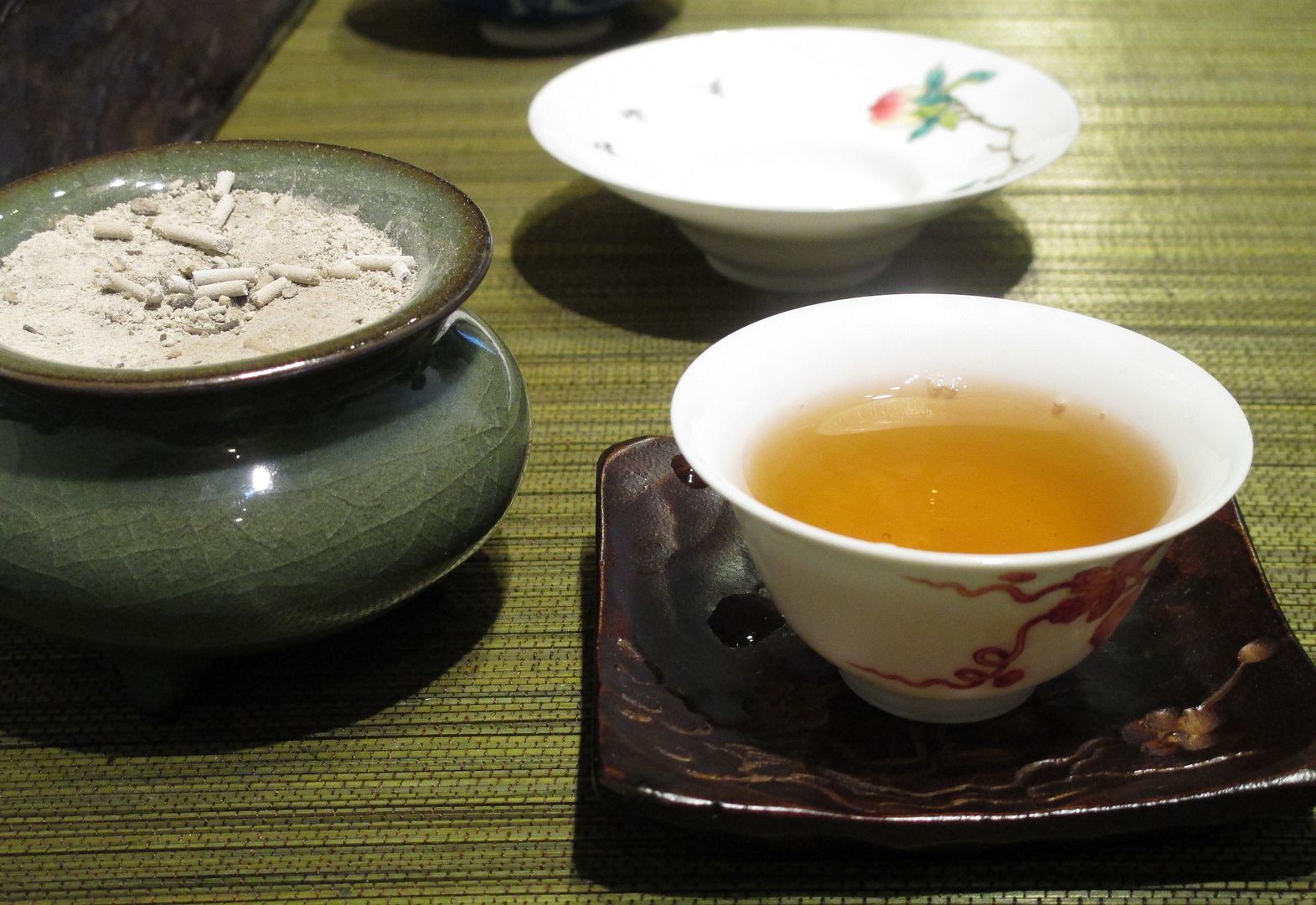A little book-keeping before we start today: we are running two tasting events - the first, kindly put together by Scott of Yunnan Sourcing; the second, kindly put together by Jerry of China Chadao. My selection criteria for participants was straightforward: I simply sorted my "tea" e-mails in date order and selected the last ten people who had e-mailed me, which is as democratic a process as any.
You should be receiving your samples directly from Scott or Jerry soon - do please have a go with them in your own time. I will put up some pages to collect our opinions on each tea when I return from a forthcoming academic visit to Japan, which should be sometime around the end of July / early August. Feel free to write about the teas wherever you wish; I will merely use the Half-Dipper pages to collect your comments and, of course, reveal the names of the teas - when they are eventually disclosed to me...
We are all busy people, no doubt, so the idea is merely to have some fun in the tasting. Please don't worry if you can't get around to drinking everything in time.
Sayonara!
You should be receiving your samples directly from Scott or Jerry soon - do please have a go with them in your own time. I will put up some pages to collect our opinions on each tea when I return from a forthcoming academic visit to Japan, which should be sometime around the end of July / early August. Feel free to write about the teas wherever you wish; I will merely use the Half-Dipper pages to collect your comments and, of course, reveal the names of the teas - when they are eventually disclosed to me...
We are all busy people, no doubt, so the idea is merely to have some fun in the tasting. Please don't worry if you can't get around to drinking everything in time.
Sayonara!
Beijing was good to me this year, both academically and in terms of tea. Upstairs in one of my favourite malls, I took the opportunity to call in at Fangmingyuan, home of some of the friendliest souls in the entire district.
This shop was recommended back in 2007 by dear old MarshalN, who, I seem to recall, spent some time there during his doctoral studies. I promptly picked up the proto-Douji 2005 Yisheng cake, which remains a solid stalwart of my collection. That was also the year that the owner of the shop, who goes by the moniker "Xiaomei" (little sister), introduced me to another robust-and-inexpensive (at the time) cake, the 2003 Changdahao, which has likewise become a solid little performer over the years.
During visits during 2008 and 2009, I picked up some of their own 2008 Nannuo version 1 (from Bama), the 2008 Nannuo version 2, and the 2009 Jingmai. These were sub-200 RMB cakes, in the cheap-and-cheerful mold, which, while not stopping the Earth from turning, have settled into a decently woody-sweet character.
In 2010, searching after my beloved 2005 Yisheng, my wife somehow managed to convince Didi (little brother, pictured above) to give us another tong at the original 2005 price, less than 3.5 times the market value. I never underestimate a Chinese lady's ability to negotiate. Amusingly, although we didn't know it at the time, Xiaohu was with us, approximately one-to-two weeks into the nine-month gestation period...
Visiting in more recent years, Didi pointed out some further cakes which manage to be both inexpensive and very pleasant: the 2005 Tianlu and the 2008 Zhuyuan. They provide far more thrills than their humble price-tags suggest that they should. I always make a point of calling it at Fangmingyuan, even if the majority of my purchases occur elsewhere.
When I entered, Didi was drinking some of his own baicha, of which he kindly gave me a cake. It was smooth, but it was just baicha. We quickly moved onto the cake shown above, from their Fangmingyuan range in 2010. As you can see, it is a Badashan cake.
I usually rather like Badashan cakes. The reason for this is an odd one, which I hope you won't mind my repeating: there was a period of some six months or so, around 2008, when my dear wife and I were buying our house, and so all of our cakes were in storage. During that time, the only cake to which I had access was a Badashan "special" cake from Menghai Tea Co. It wasn't a great cake, but I drank it every day. Every... single... day. Like Stockholm syndrome, my captor began to become at first familiar, and then even enjoyable. These days, I find myself easily able to discern Badashan terroire, and it is this bizarre six months of my life that accounts for it.
(There is also a humble 2008 Dayi "Badashan" cake that cost just $10 when new, and which is aging wonderfully.)
It seems, however, that 2010 may not have been overly kind to Fangmingyuan, as this was "decent, but perhaps rather light", as I seemingly noted in my journal at the tea-table with Didi. I was soon itching for some better tea, so Didi kindly stowed the Badashan cake and moved on...
He then produced the following:
"This looks familiar", I told him. Turning on the university VPN that thankfully allows me to see Blogger from within China, I searched my notes on this humble web-site to no avail. Perhaps I had just imagined my familiarity, with a sense of deja vu.
"This is like the Yisheng that you enjoy", said Didi in his south-eastern accent; I think he is from Fujian, as with his sister, which is where the baicha was made that he was drinking when I entered.
The cake certainly looks dark and Yiwu-esque, and is from 2007. We spent an enjoyable hour or so sipping the tea and attempting, via my decidedly difficult Chinese, to hold what approximated to meaningful conversation.
Liking the tea very much, I bought a tong at 180 RMB per cake. As with all of Fangmingyuan's products, their prices are so very low as to be immediately appealing, given the apparently solid and enduring charms of the cake that we were slowly drinking.
I duly headed out of Maliandao, around the corner of the busy street, to the new headquarters of one of our academic collaborators. Between meetings, I spent some time searching my notes more thoroughly, and subsequently found that I had already bought three of these cakes from Didi before! In 2011, he sold them to us for 190 RMB, and so the price had actually decreased by 10 RMB in the intervening two years. This left me with a very positive feeling concerning Didi's kindness.
There was little else of interest available in Fangmingyuan when I visited, but when such kindness and fairness exists, that's absolutely fine by me.






